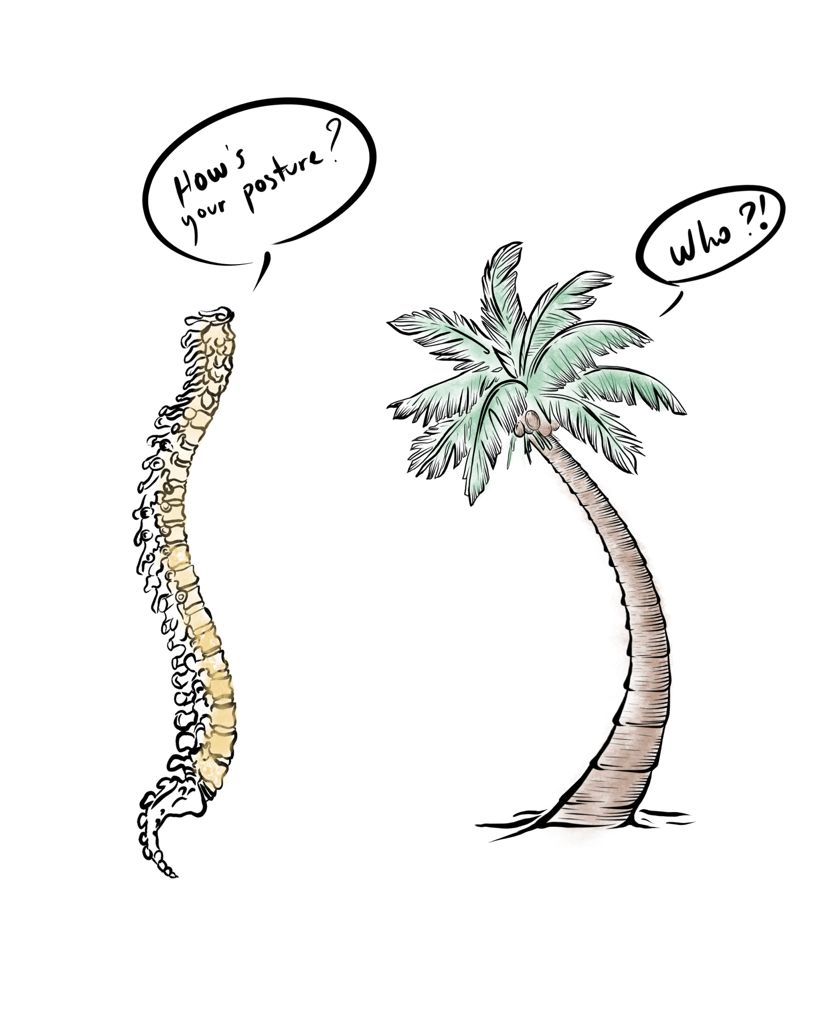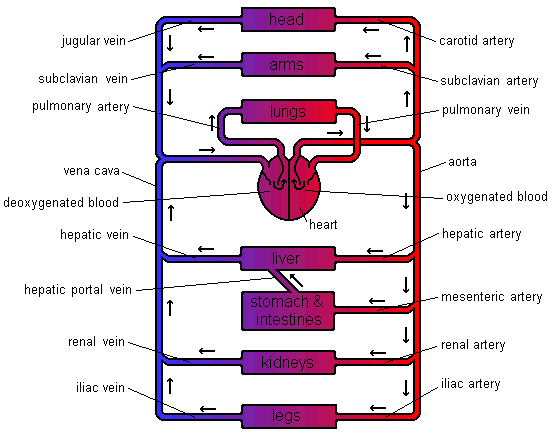The human body never stops working for maintaining its natural equilibrium, using many of its own built-in techniques in order to provide a safe balance for human mechanical and neurological function.
The importance of giving the body a chance to heal itself is being overlooked more and more as society grows. Eliminating the mind’s ability to absorb what the body is telling us.
Communication and rapport between the brain and the body is a vital inner relationship we need to be more aware of.
When the body is unable to accomplish certain processes, the least intervening therapy for the body is massage therapy, and in combination with specific techniques, can give the body a chance to rehabilitate independently, creating a stronger network inside the body and mind.
Mind + Body Techniques
How does the body clean, repair, restore, prepare, awaken or express itself?
Sometimes we notice tiny indications from our body that tell us if something is going fabulously or possibly atrociously in the form of a warning. These small indications or warnings should never be ignored, rather we are influenced by and tune-in to what our body is trying to tell us.
Circulation
The feeling of “pins & needles“ or when a limb feels numb, Is actually the nerves around that area of discomfort turning back online, regaining consciousness and circulation.
Even if this feeling lasts only a moment and/or accompanied by feeling drowsy, low energy (even after a deep sleep), dizziness, poor concentration, cramps, headaches, fluid retention, dry skin, no appetite or shortness of breath, these warning signs can help us understand more about the potential blockages in circulation and which area of the body to be more aware of.
One of the main purposes of massage is to repair and enhance circulation.
Body temperatures are influenced depending on circulation and stimulation.
As we get older, more blockages form in the body and prevent adequate transport of nutrients. Massage directly helps to move stagnant blood and improve the natural flow inside of the body (tissues) and mind (nerves).
Pain types
Nociceptive (tissue damage)
Most common, usually acute and changing depending on movement, load and position.
Neuropathic (nerve damage)
When the nervous system (peripheral and/or central) is damaged physically or by disease. Usually chronic (nerves heal very slowly)
Other (combination)
Algopathic pain: pathological perception/sensation. This is the Greek way to say “pain disease.” Link
Somatic
Pain is experienced in the skin, muscles, bones, and joints.
Visceral
Pain of organs, in the thoracic or abdominal cavities.
Posture
Changes in temperature directly effect the way we hold our bodies. Arching backs or raised shoulders for example, help to trap in our body heat and is an automatic response we don’t need to think about.
However, awareness in which direction our body is holding itself can not only prevent staying in the same
posture too long, but also build strength (when needed) around the spine for easier mechanical support against gravity and emotions.
Our muscles remember what position to stay in, wether good or bad.

Nutrition
If we are thirsty It’s usually because we are already dehydrated since a few hours or more.
Craving certain foods or listening to our stomach making noises does not necessarily mean we need to eat. Eating intuitively can give the stomach a chance to “breathe”.
The stomach needs to clean itself and engage with the immune system for building a stronger defence.
Allergies are a big indicator of what our bodies are not capable of. Puffy eyes, runny nose, headaches, sneezes, are all most likely nutritionally related warning signs to be aware of, or simply the body trying to defend itself.
Massage Modalities
• Trigger-point therapy
• Lymphatic drainage
• Joint mobilisation techniques
• Classic massage (Swedish)
• Sports massage
• Deep tissue
• Shiatsu
• Myofascial release
It is possible for all of these techniques to be used during the same treatment, flowing seamlessly through accurate movements, anatomically preparing the layers of tissue, working with and preparing the nervous system (peripheral and central) to allow for maximum effect.

